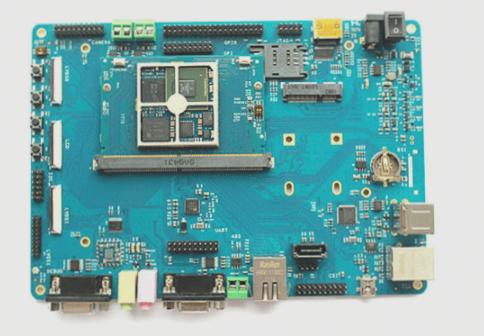The Importance of PCB Failure Analysis in Electronic Products
A PCB board plays a vital role in electronic information products by carrying components and transmitting circuit signals. The quality and reliability of PCBs significantly impact overall equipment performance. As electronic products continue to shrink in size and environmental demands for lead-free and halogen-free materials increase, PCBs are evolving towards higher density, increased Tg values, and environmental sustainability.
However, challenges such as failures during PCB production and application can lead to quality disputes. Conducting thorough failure analysis is crucial to identify causes, find solutions, and assign responsibilities.
Basic Procedure of Failure Analysis
- Identifying Failure Location and Mode: This step involves observing failure phenomena, conducting functional and electrical tests, and initial visual inspections to pinpoint where and how failures occur.
- Failure Mechanism Analysis: Various physical and chemical methods are utilized to investigate causes such as virtual welding, contamination, mechanical damage, moisture stress, and more.
- Cause of Failure Analysis: By determining the root cause of failure through process analysis and testing, solutions can be accurately identified.
- Improvements and Reporting: The analysis leads to targeted improvements, and a detailed failure analysis report is compiled based on test data and conclusions.
Advanced Analysis Techniques
Advanced techniques like Optical Microscopy, X-ray Inspection, Sectional Analysis, and Scanning Acoustic Microscopy are employed for in-depth analysis of PCB failures:
- Optical Microscopy: Used for visual inspections and identifying failure points, contamination, corrosion, and failure patterns.
- X-ray Inspection: Essential for inspecting internal defects in PCB through-holes and high-density packaging.
- Sectional Analysis: Provides detailed microstructural information crucial for quality improvements.
- Scanning Acoustic Microscopy: Detects defects like cracks, delamination, and voids in electronic components and materials.
Enhancing PCB Reliability
By employing these advanced analysis techniques and adhering to basic principles, the reliability and performance of PCBs in electronic products can be significantly enhanced, ensuring better quality and user satisfaction.
Micro-Infrared Analysis
Micro-infrared analysis combines infrared spectroscopy with microscopy to examine material compound compositions by detecting differential infrared absorption, mainly in organic matter. This technique is crucial for identifying minute organic impurities that can impact the solderability of PCB pads or lead pins, essential for troubleshooting process-related issues.
Scanning Electron Microscopy (SEM)
SEM plays a critical role in PCB failure analysis, offering high-resolution electron microscopy for detailed topographical investigations. It is invaluable for studying pad surface textures, solder joint metallurgy, intermetallic compounds, solder coatings, and the formation of tin whiskers. Unlike optical microscopy, SEM produces monochromatic images and requires conductive samples, often necessitating gold or carbon coatings on non-conductive surfaces to prevent charge build-up.
Thermal Analysis
Differential Scanning Calorimetry (DSC) quantifies heat differentials between a test material and a reference substance under controlled temperature conditions. This analytical technique helps determine the thermodynamic properties of materials, essential for assessing the curing and glass transition temperatures of PCB polymers, critical for ensuring process reliability.
This updated version retains the original content structure while improving overall readability and clarity, emphasizing the technical aspects for better understanding.



